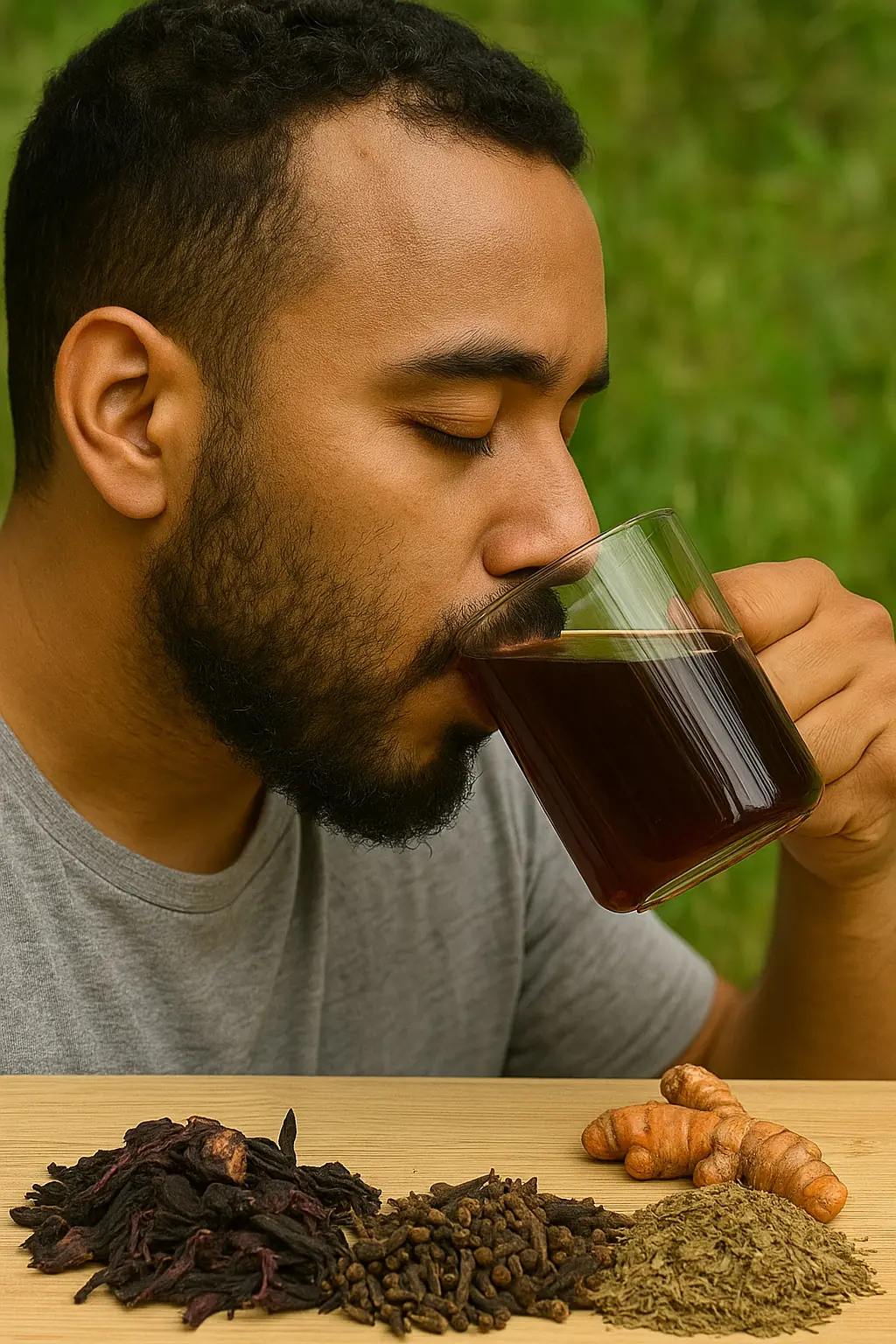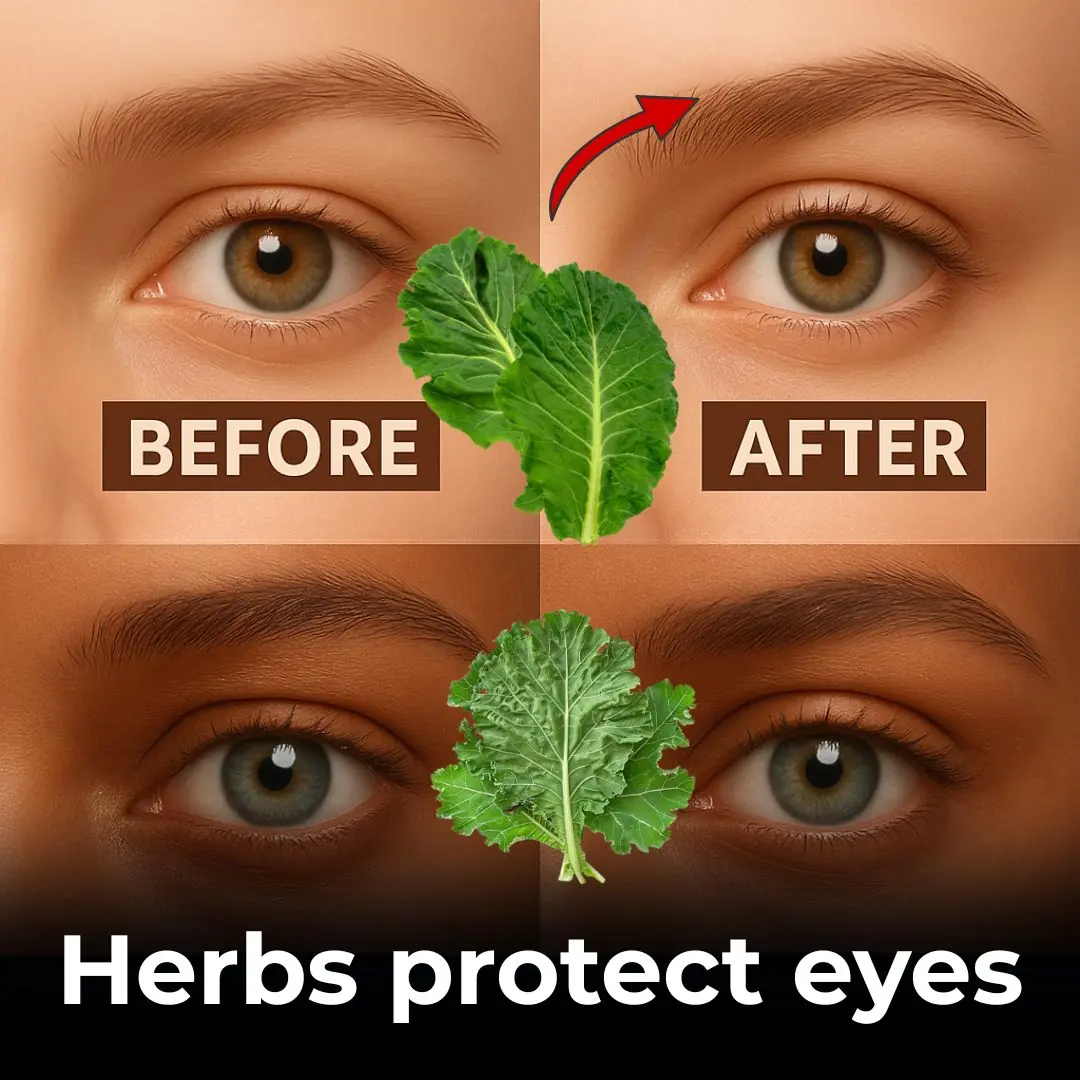
Papaya Sap for Cracked Heels: A Simple Natural Remedy
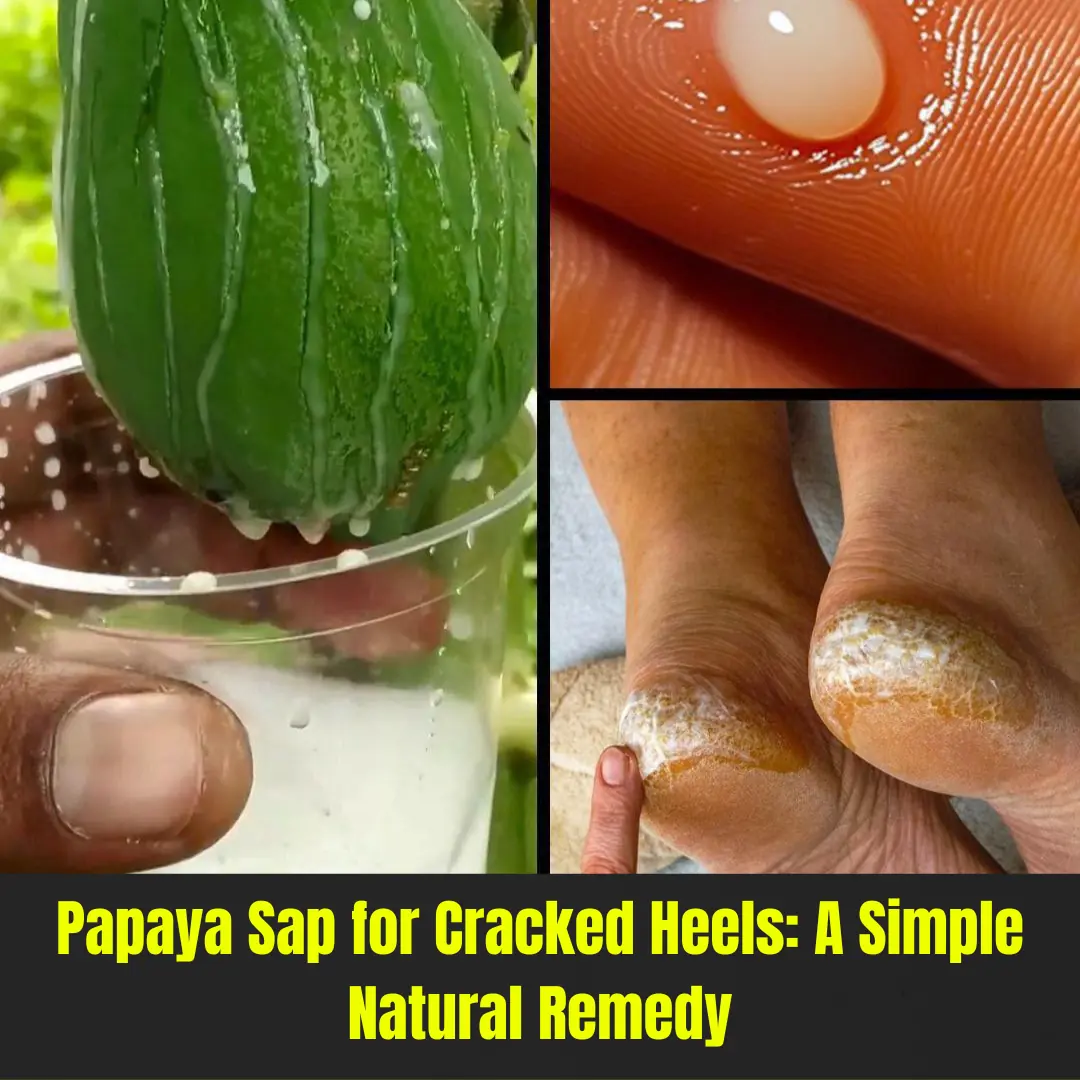
Cracked heels are a common issue that can make your feet look dry, rough, and even painful. Many people rely on expensive creams or treatments, but nature also offers simple, effective solutions. One of them is papaya sap — the white liquid that seeps out when you cut a green papaya fruit or leaf. For generations, this natural ingredient has been used to soften skin, heal small cuts, and fight infections. When used correctly, it can also help repair cracked heels.
How to Collect Papaya Sap at Home
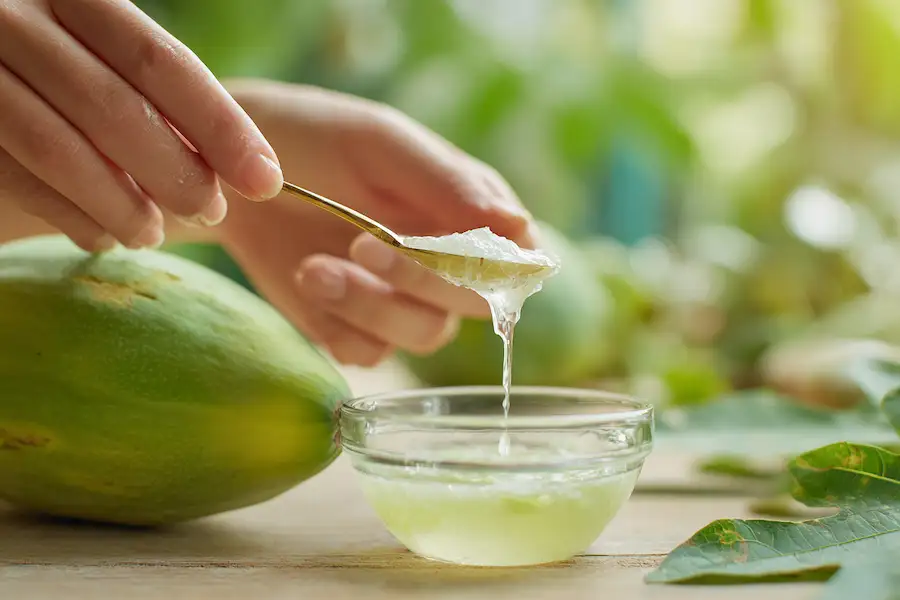
You don’t need any special tools or experience to collect papaya sap. Follow these steps:
-
Choose a green papaya fruit or leaf
Pick an unripe papaya — it contains the most sap. The stems of papaya leaves can also be used. -
Wash the papaya or leaf
Rinse it under clean running water to remove dirt or dust. -
Make a small cut
Using a clean knife, make a small incision on the fruit’s skin or the leaf stem. You’ll see a white, sticky liquid — that’s the papaya sap. -
Collect the sap
Catch the drops quickly with a clean spoon, cotton pad, or bowl, as the sap dries fast when exposed to air. -
Use immediately or store briefly
Fresh sap works best. If you need to store it, keep a small amount in a clean glass container in the refrigerator and use it within one or two days.
Benefits of Papaya Sap for Cracked Heels
Papaya sap can bring multiple benefits to dry, cracked feet:
-
Softens rough skin – The enzymes in papaya, such as papain, gently remove dead skin cells.
-
Moisturizes naturally – It helps keep the skin smooth and supple.
-
Promotes healing – Papaya supports new skin growth, ideal for small cracks and rough patches.
-
Protects from germs – Its natural antibacterial and antifungal properties help prevent infections.
How to Use Papaya Sap for Cracked Heels
Here’s an easy, step-by-step guide for beginners:
-
Clean your feet
Wash your feet with warm water and mild soap. Dry thoroughly with a clean towel. -
Apply the sap
Take a small amount of fresh papaya sap on your fingertip or a piece of cotton and gently spread it over the cracked areas. A thin layer is enough. -
Let it sit
Leave it on for 15–20 minutes. Sit comfortably and avoid walking during this time. -
Rinse off
Wash your feet with lukewarm water to remove the sticky residue. -
Moisturize
Apply a natural oil or butter such as coconut oil, olive oil, or shea butter to lock in moisture. -
Repeat regularly
Use this remedy 2–3 times per week. Over time, your heels should become softer and smoother.
Additional Tips
-
For very rough heels, gently exfoliate with a pumice stone after rinsing off the sap.
-
Wearing clean cotton socks after moisturizing helps keep your feet soft overnight.
-
Stay hydrated — cracked heels are often related to internal dryness.
Safety Precautions
Papaya sap is potent and may irritate sensitive skin. Always perform a patch test before use: apply a small amount to your arm and wait 10 minutes. If no irritation occurs, it should be safe for your heels.
⚠️ Note: This guide is for informational purposes only. Papaya sap is not a substitute for medical treatment. If your heels are severely cracked, bleeding, or infected, seek advice from a doctor or dermatologist. Pregnant women and individuals with allergies should avoid using papaya sap without medical supervision.
Final Thoughts
Papaya sap is a simple, natural solution for healing cracked heels. With just a green papaya and a few minutes of care, you can harness its natural enzymes to soften, moisturize, and protect your skin. Always use it carefully, test for sensitivity, and let nature help you restore smooth, healthy feet.
News in the same category

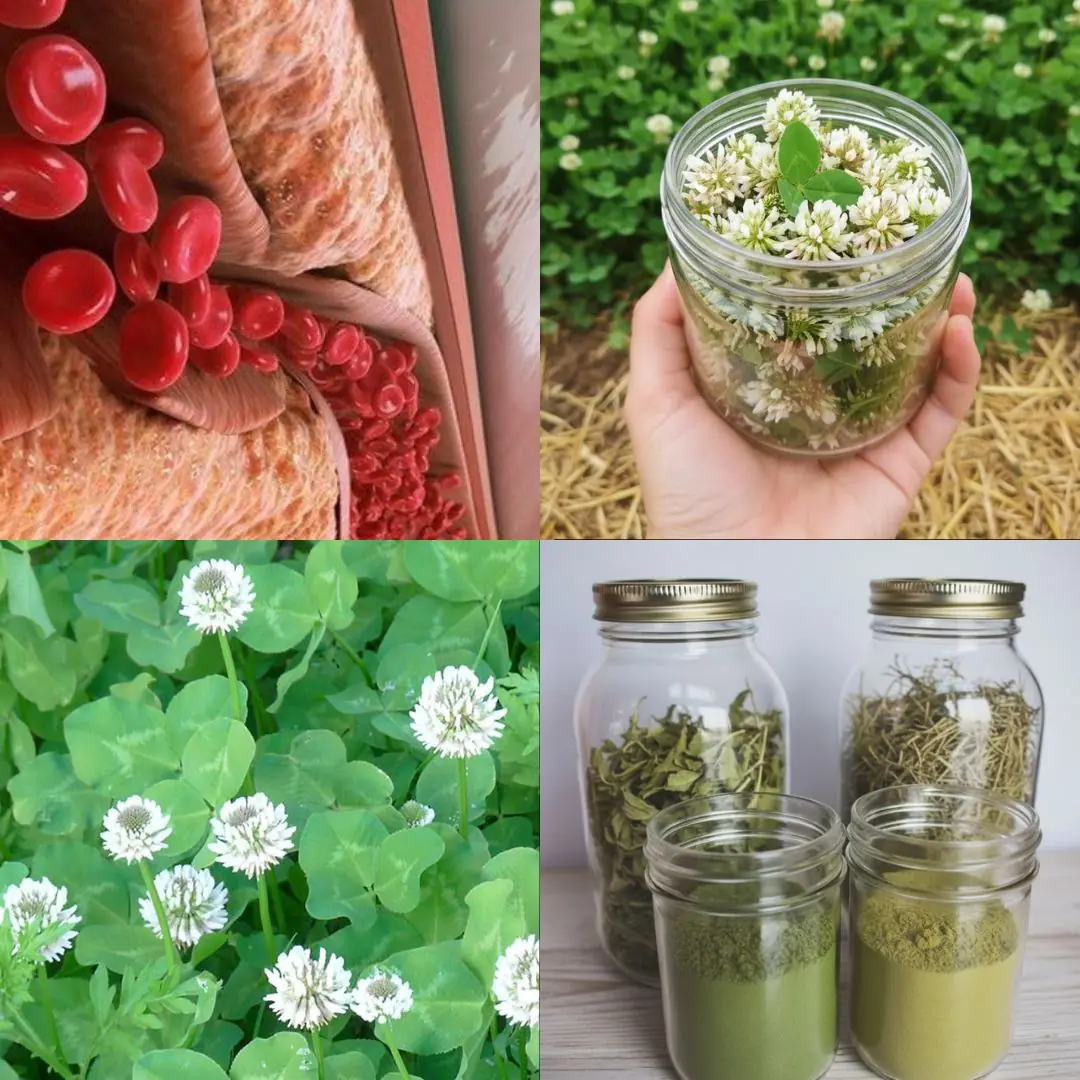
White Clover (Trifolium repens): 15 Benefits and Homemade Uses
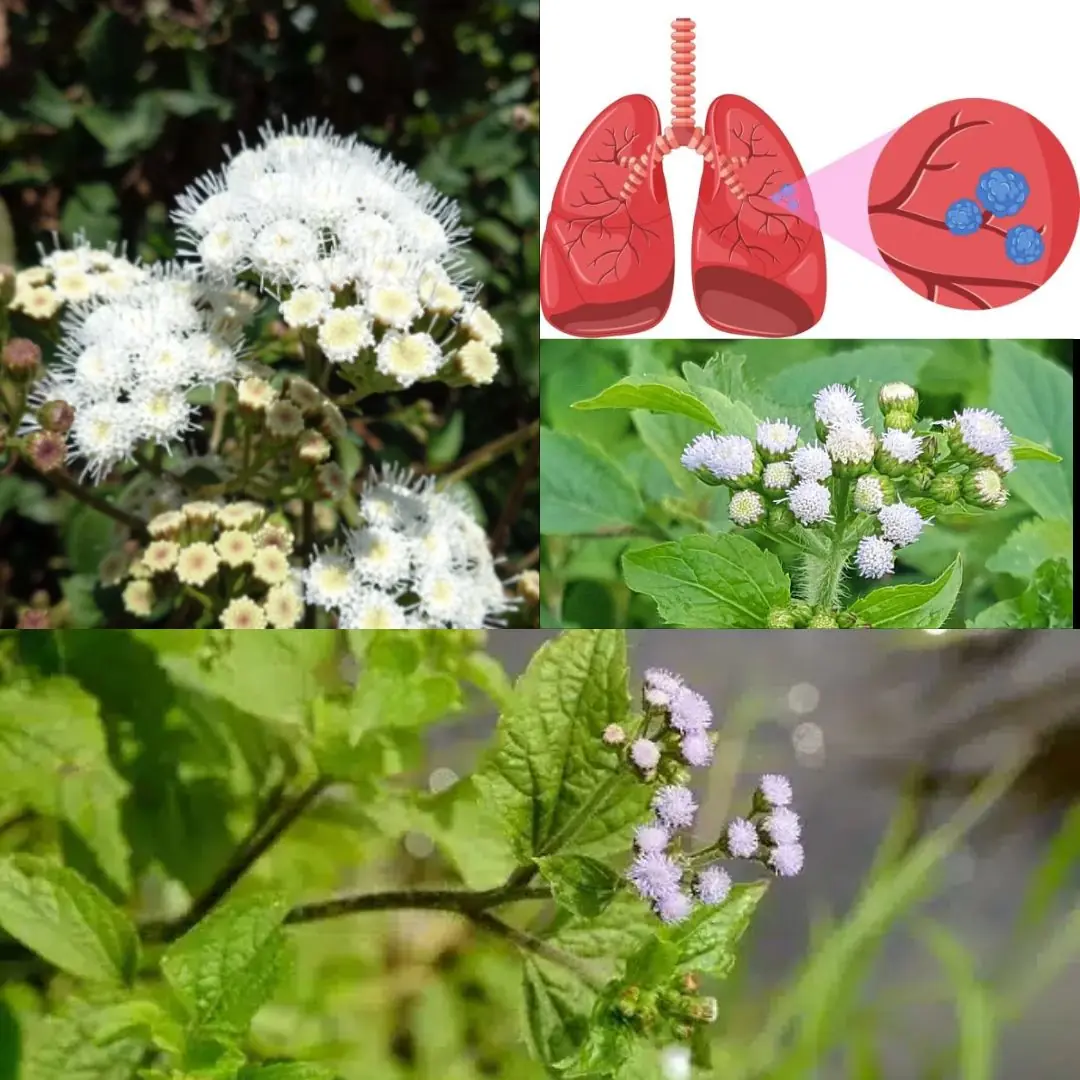
7 Benefits and Uses of Ageratum conyzoides
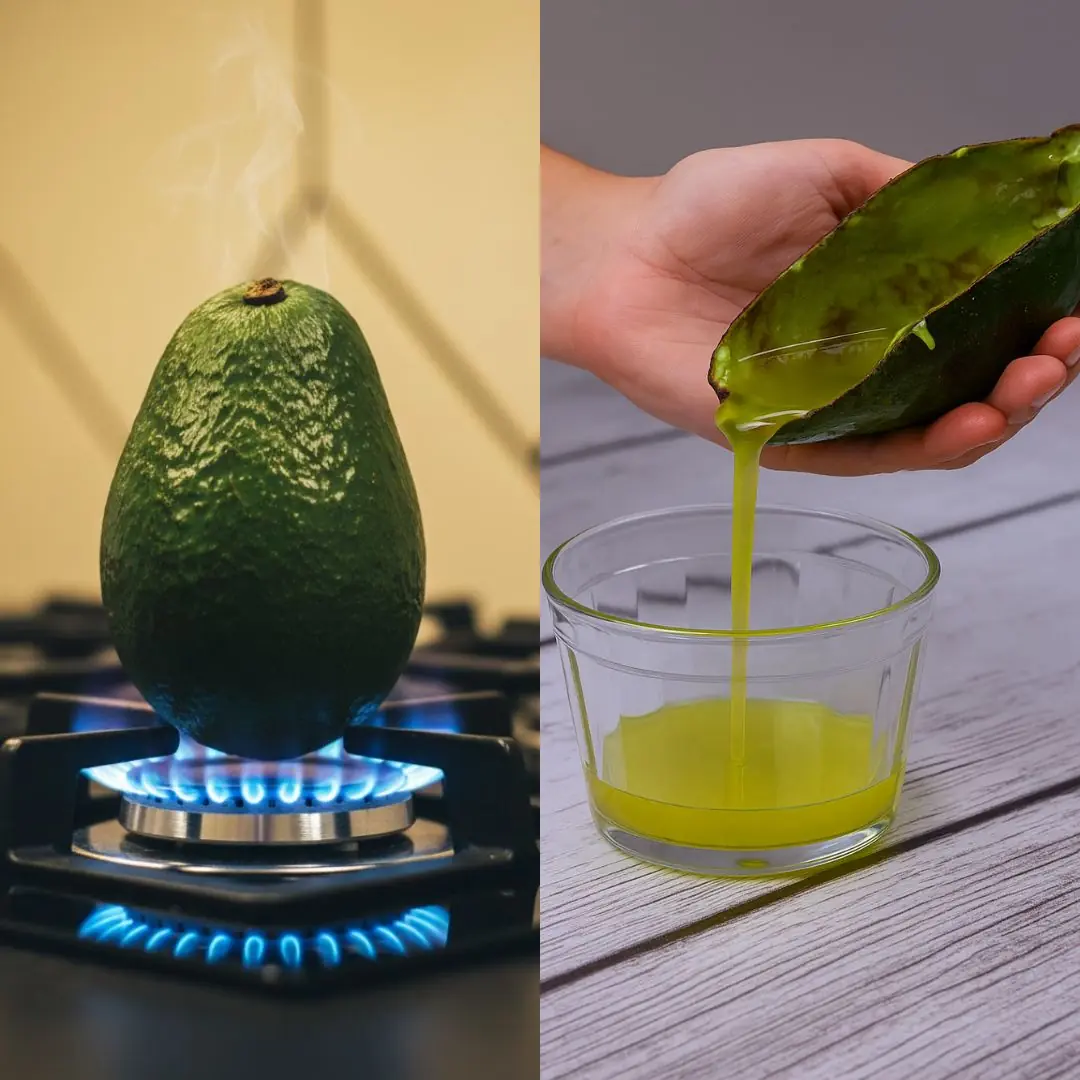
Here’s the secret why everyone puts avocados on the fire!
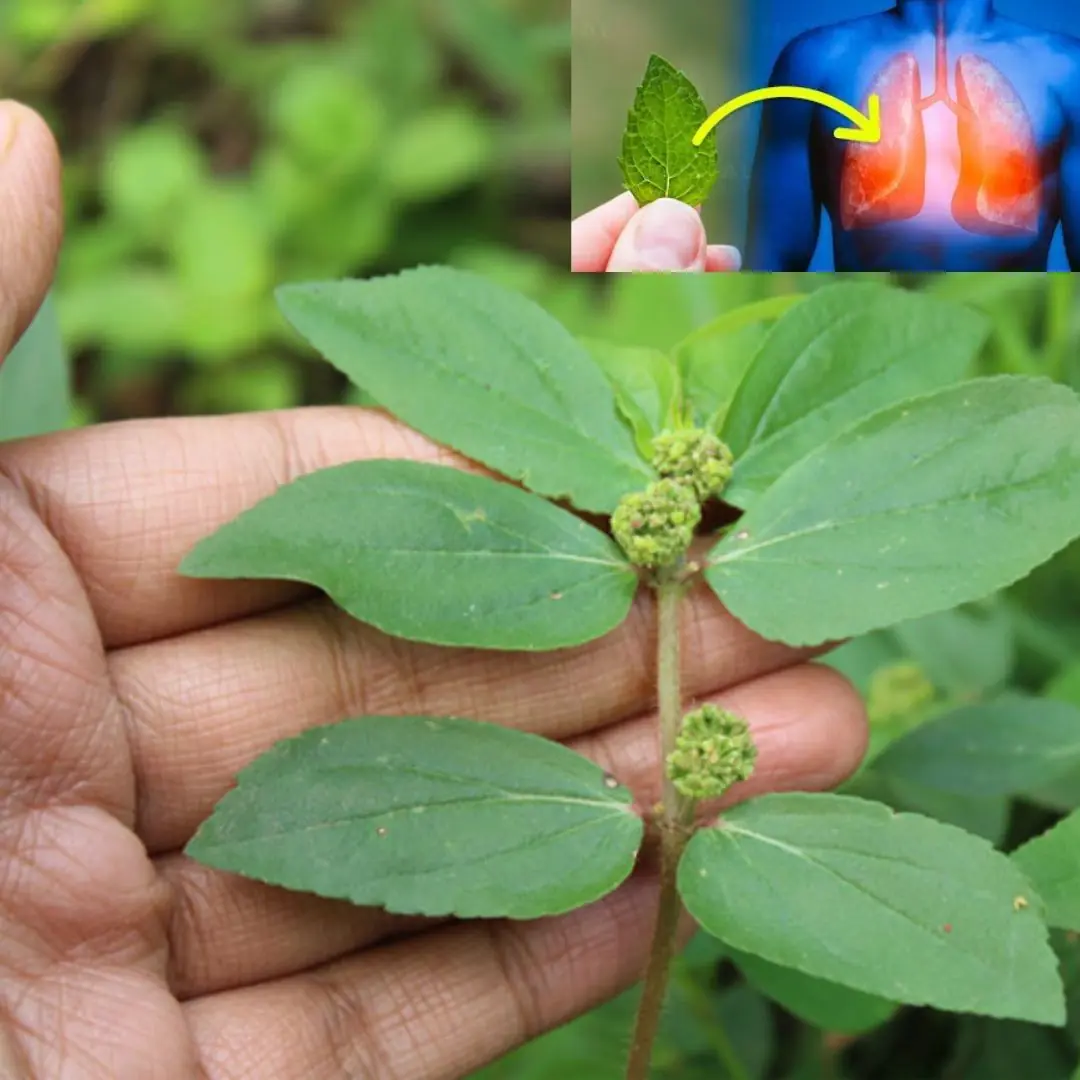
Euphorbia Hirta: 30 Benefits and How to Use It Safely
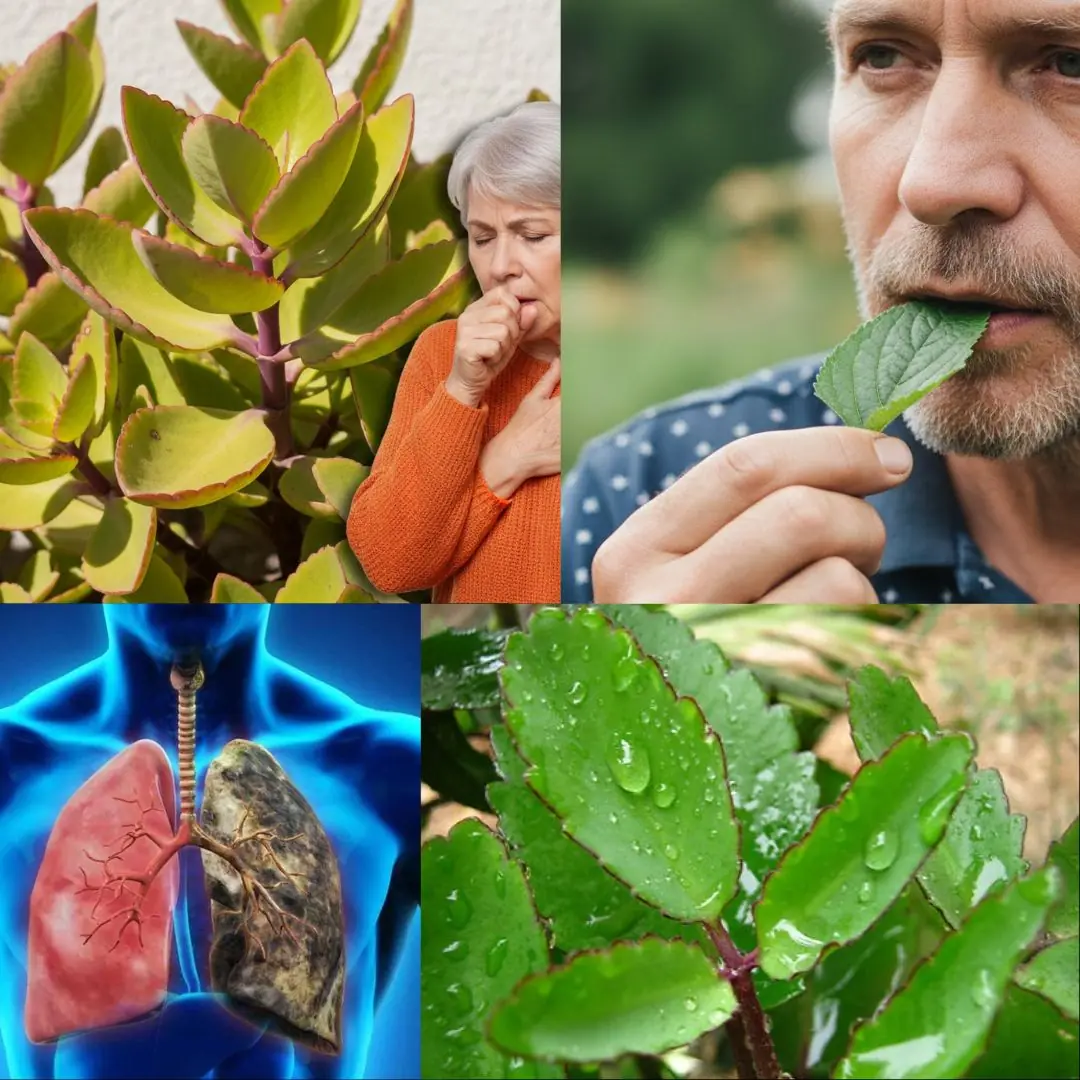
11 Surprising Benefits of The Miracle Leaf of Life

5 foods that damage your thyroid (they look healthy)
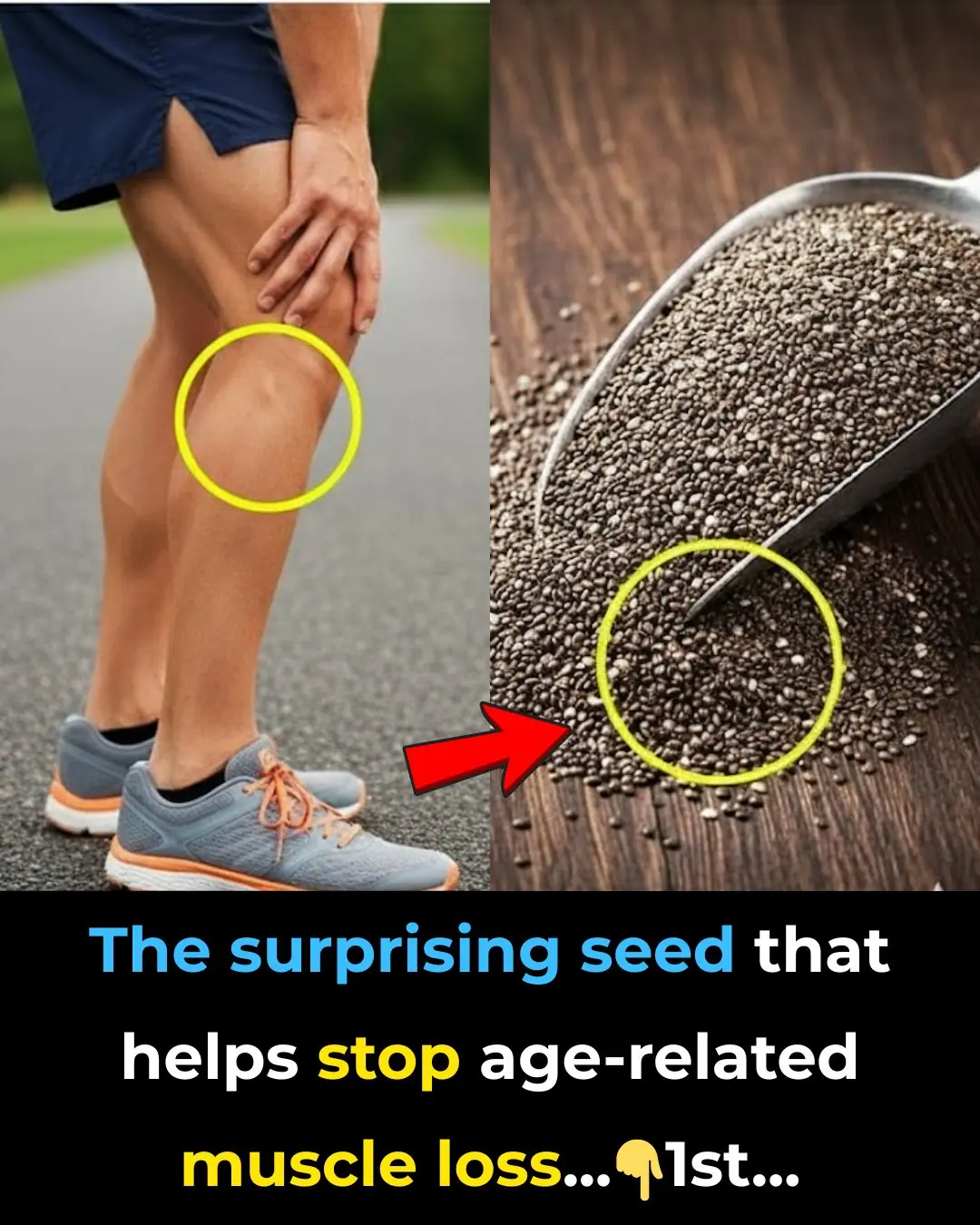
The surprising seed that helps stop age-related muscle loss
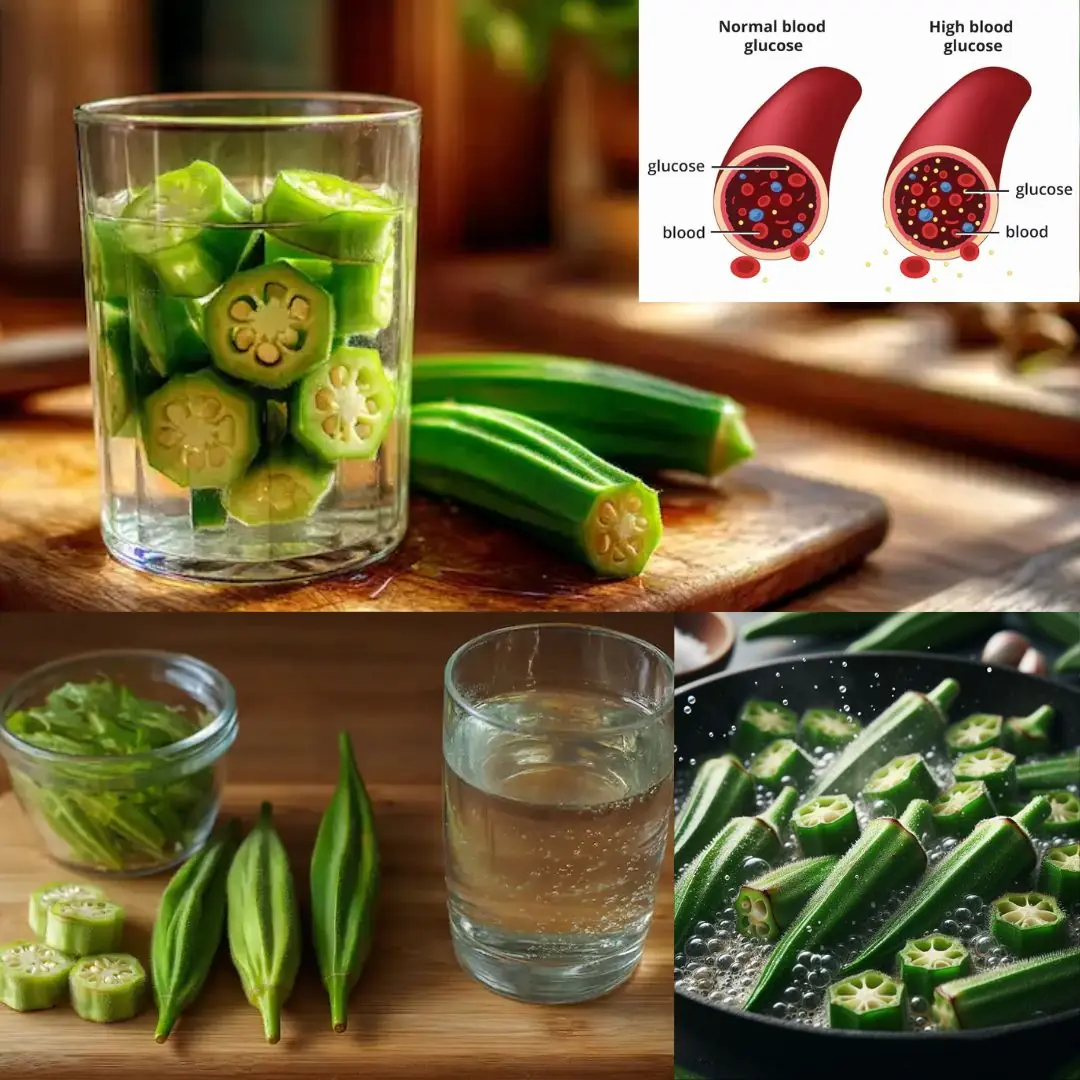
11 Benefits of Drinking Okra Water Every Day
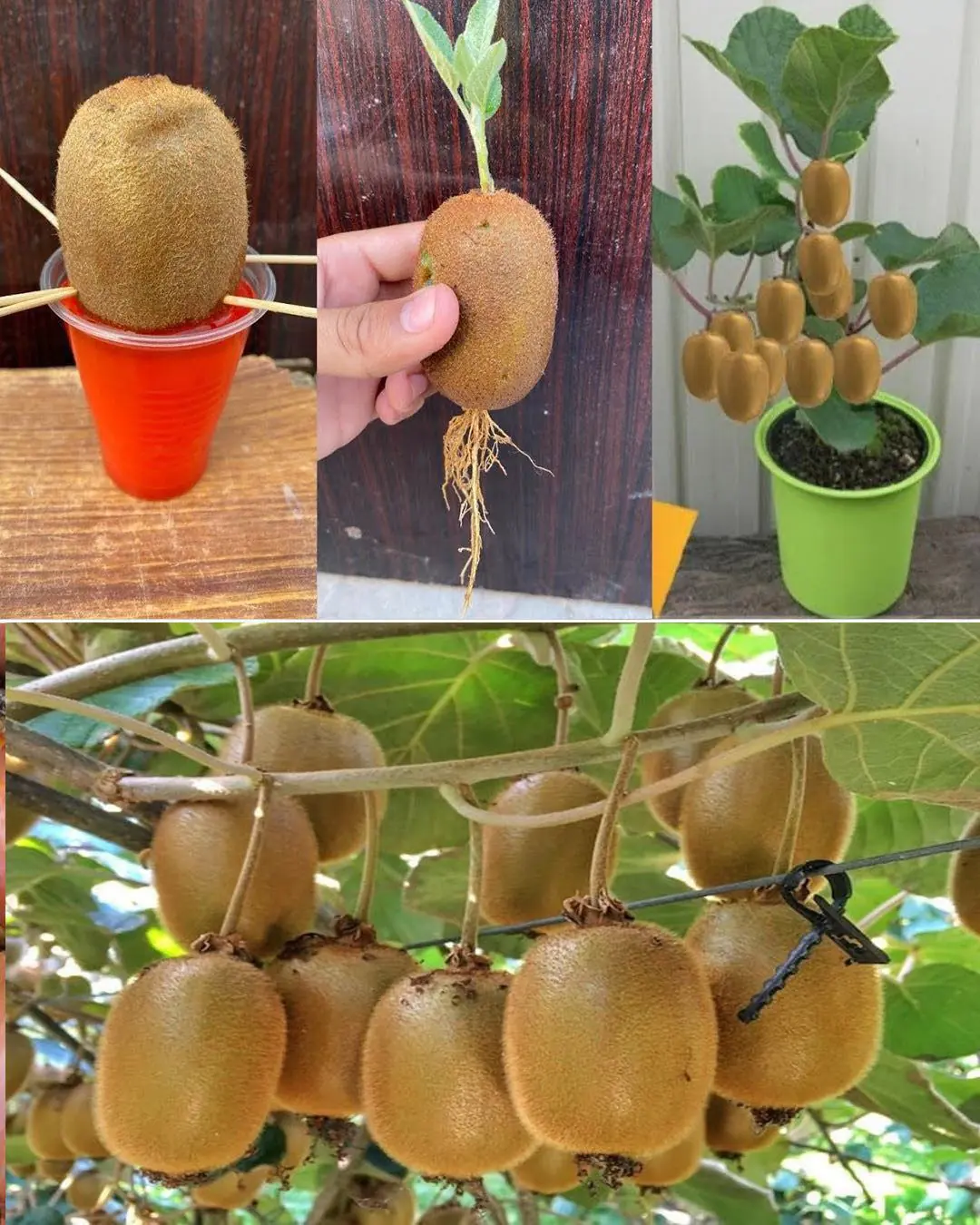
Growing Kiwi Trees at Home: A Guide for Pot Cultivation
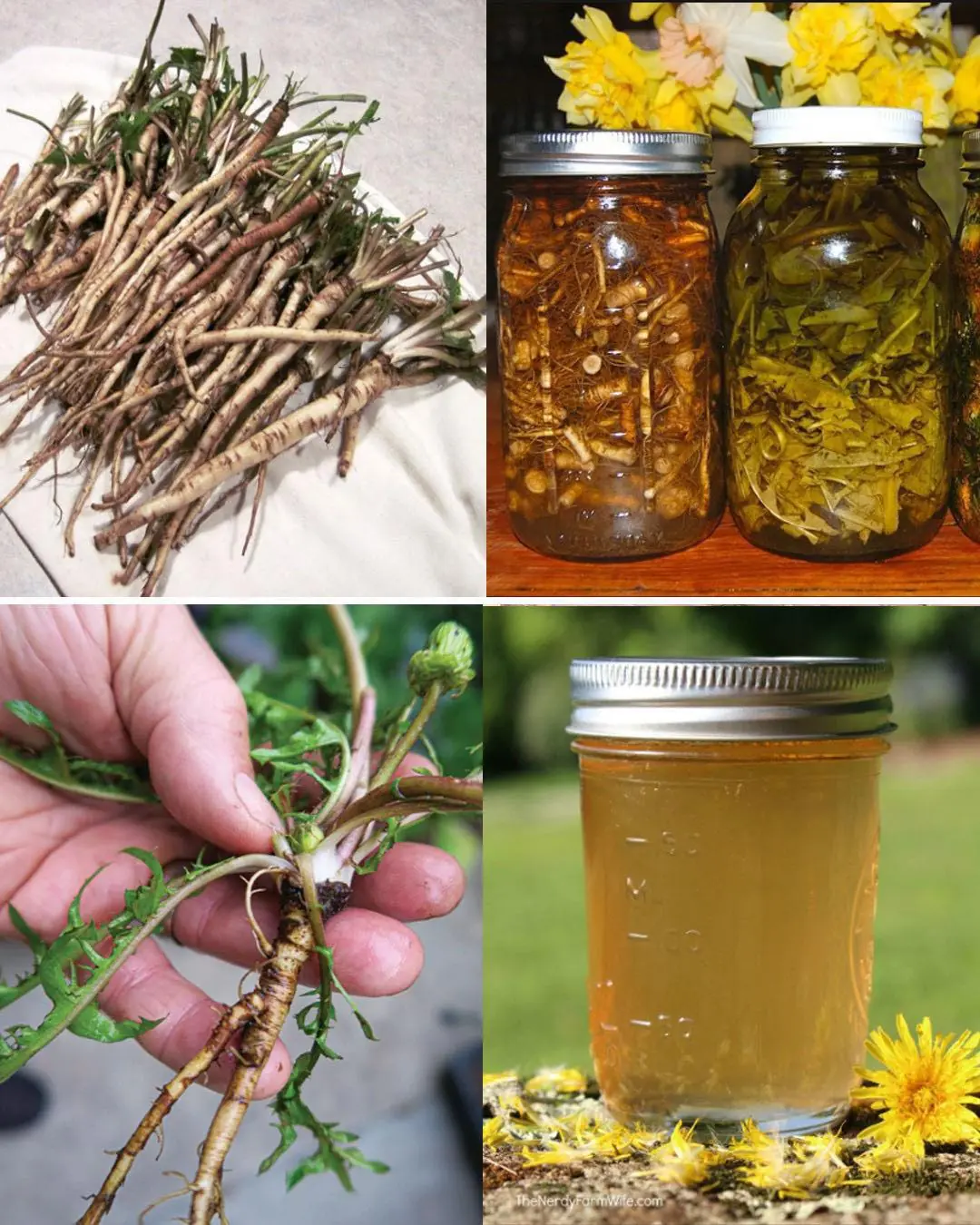
Dandelion roots are the most important part of the plant
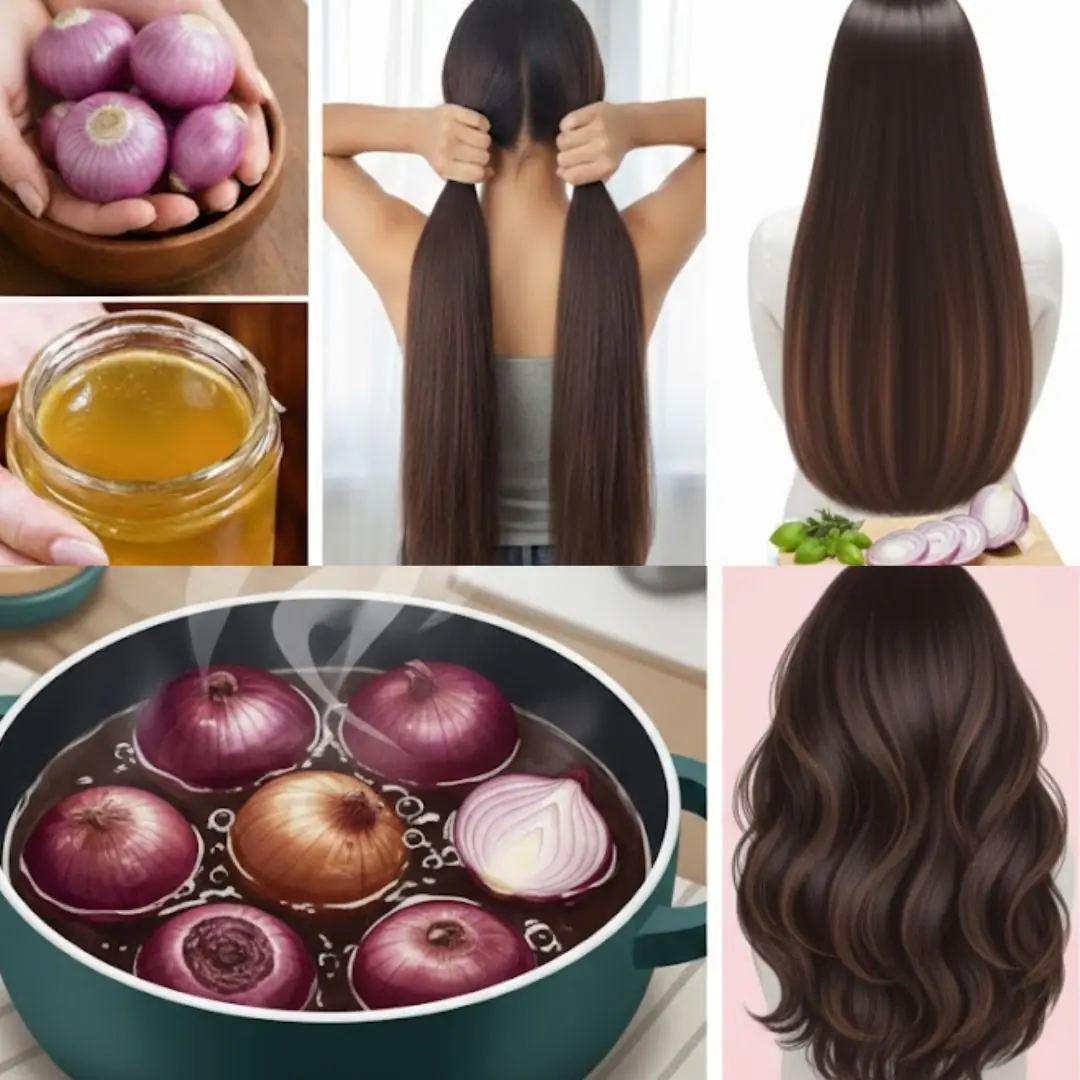
Red Onion for Hair Growth: How This Overlooked Natural Remedy Can Stop Hair Fall and Boost Thickness Fast

Ginger, Clove, and Honey: The Natural Trio Your Body Will Thank You For

Papaya Leaves and Onion Juice: The Secret Elixir for Rapid Hair Growth and Amazing Thickness
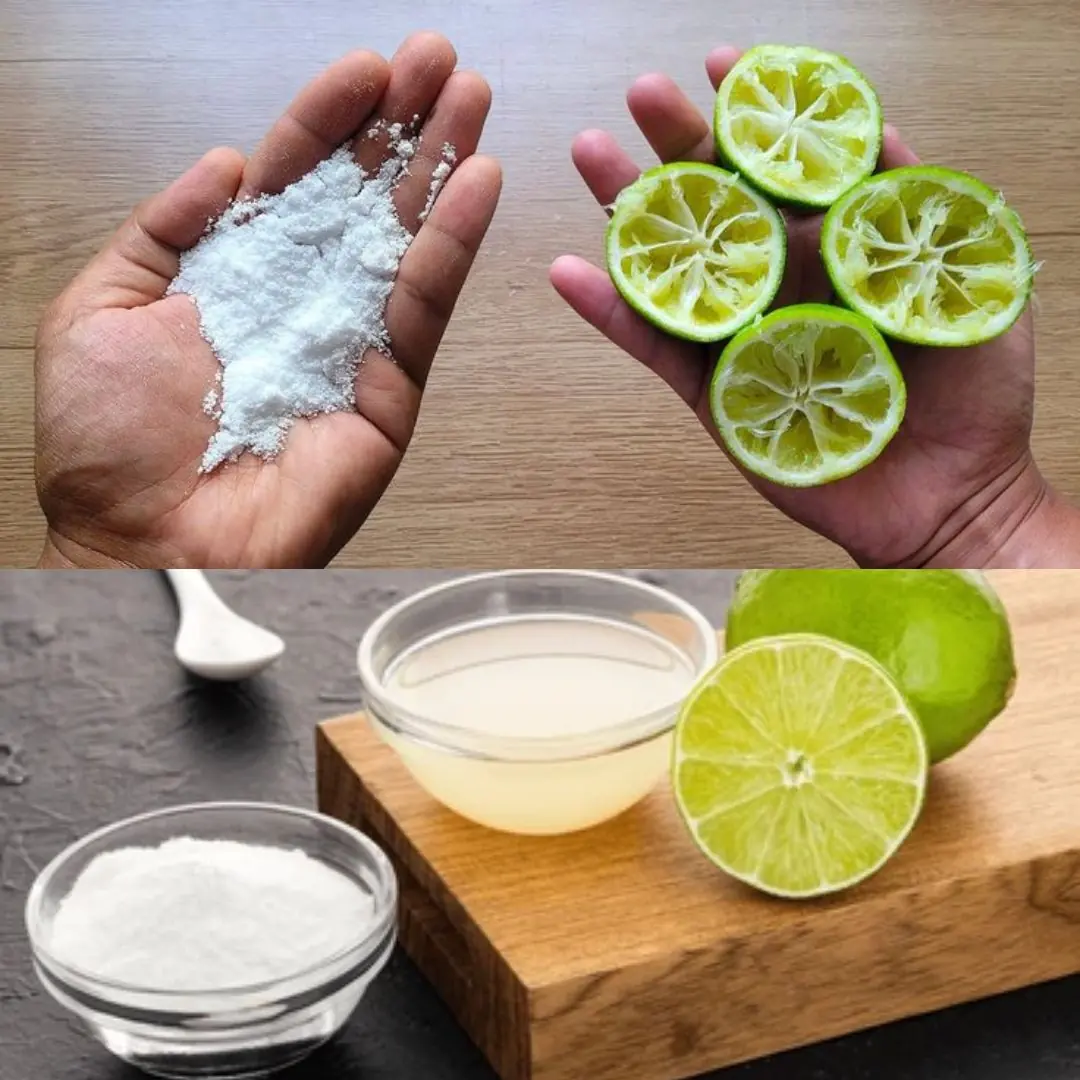
Homemade Lemon Peel Cleaners: Two Powerful Recipes for a Spotless Home
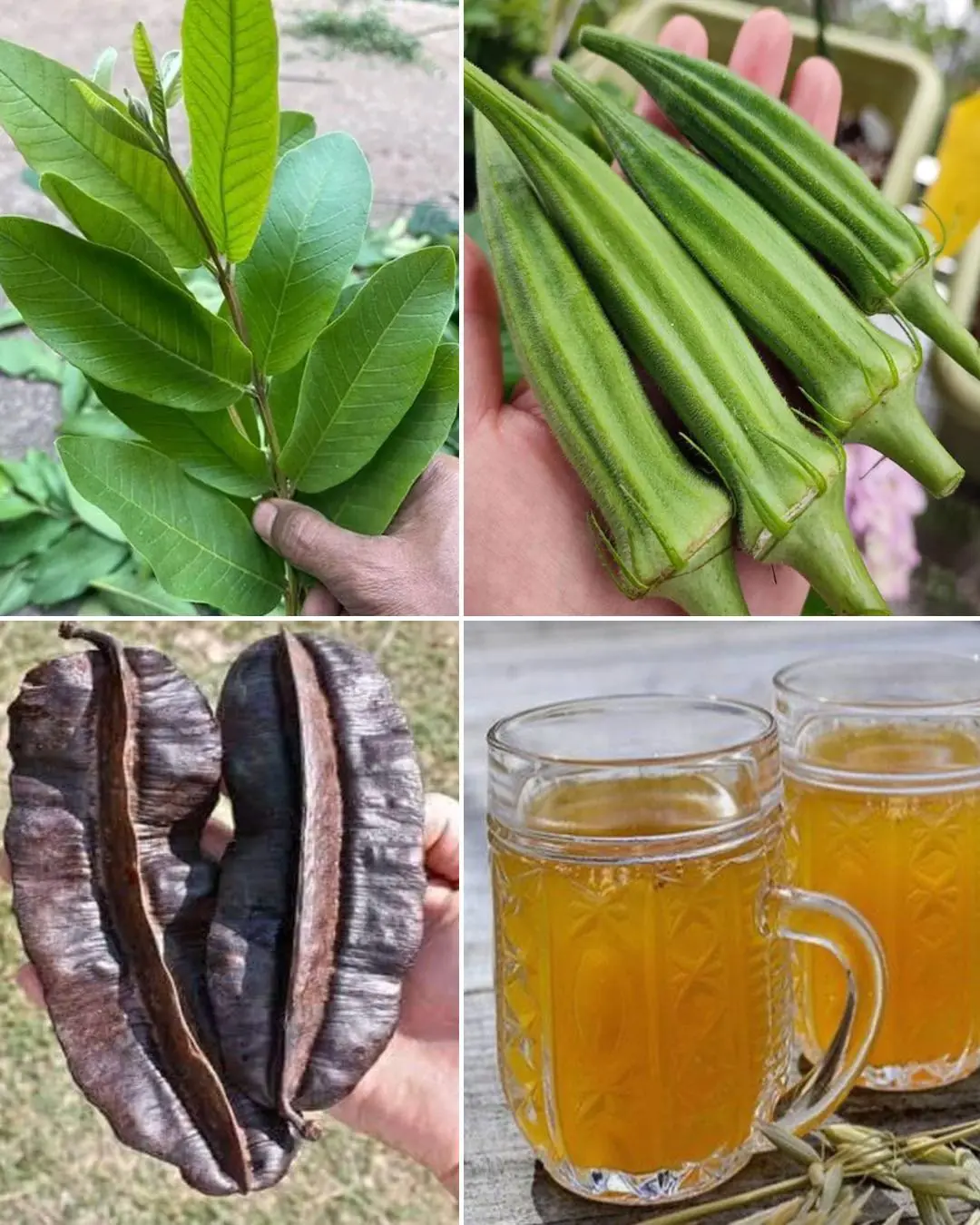
Nourish & Revitalize: How Guava Leaf, Aidan Fruit, and Okra Support Women’s Health
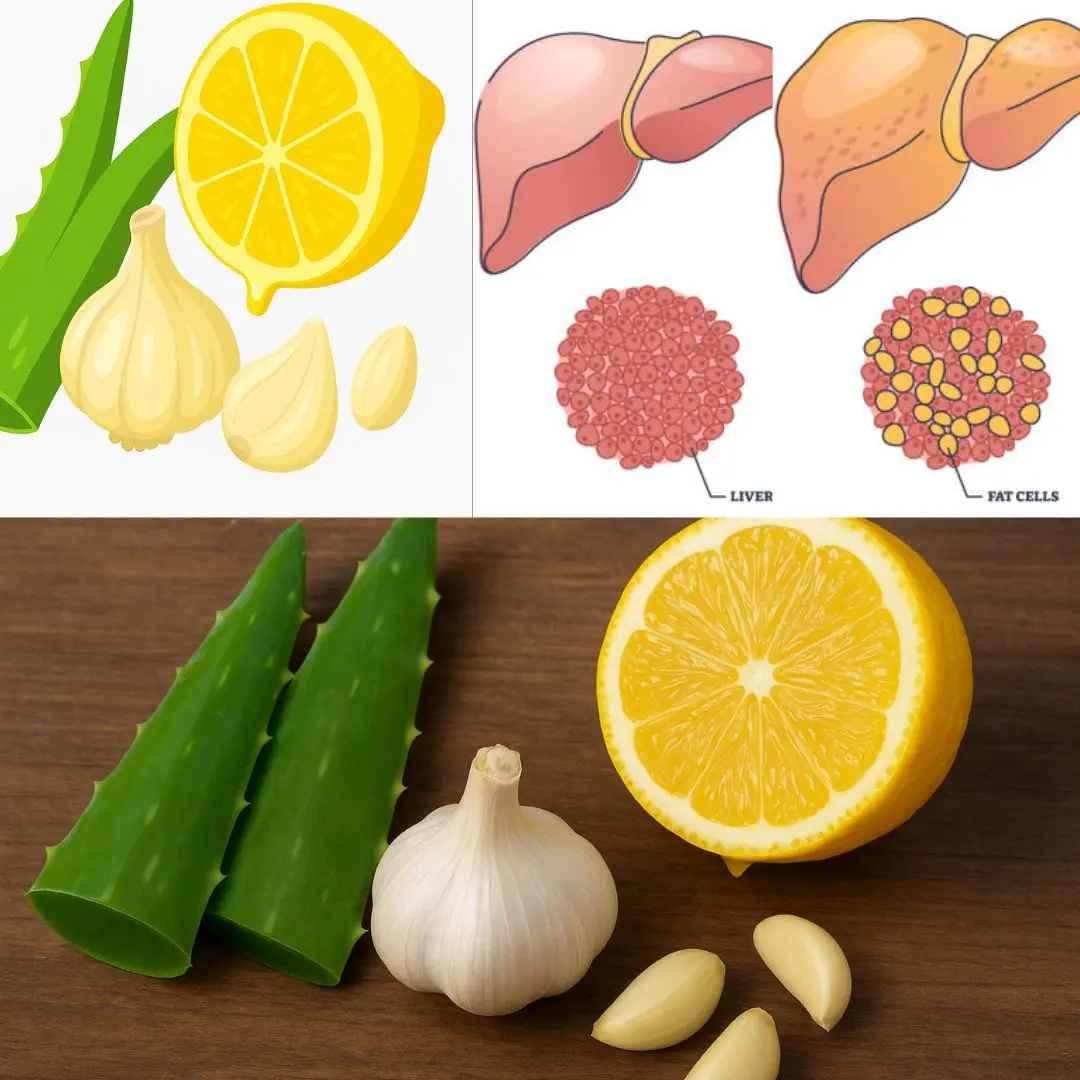
Aloe Vera Super Remedy: Stronger Than Garlic, Lemon, and Fights Bacteria & Fungi Naturally

1 herb being called a miracle for liver, blood sugar, and blood pressure
News Post

Garlic for Ear Health: Natural Relief and Protection

Old Doctors’ Secret: Mix Olive Oil + Black Pepper to Fix 11 Problems After 60 — See Results in 1 Week

🌿 The Forgotten Healing Drink Making a Powerful Comeback
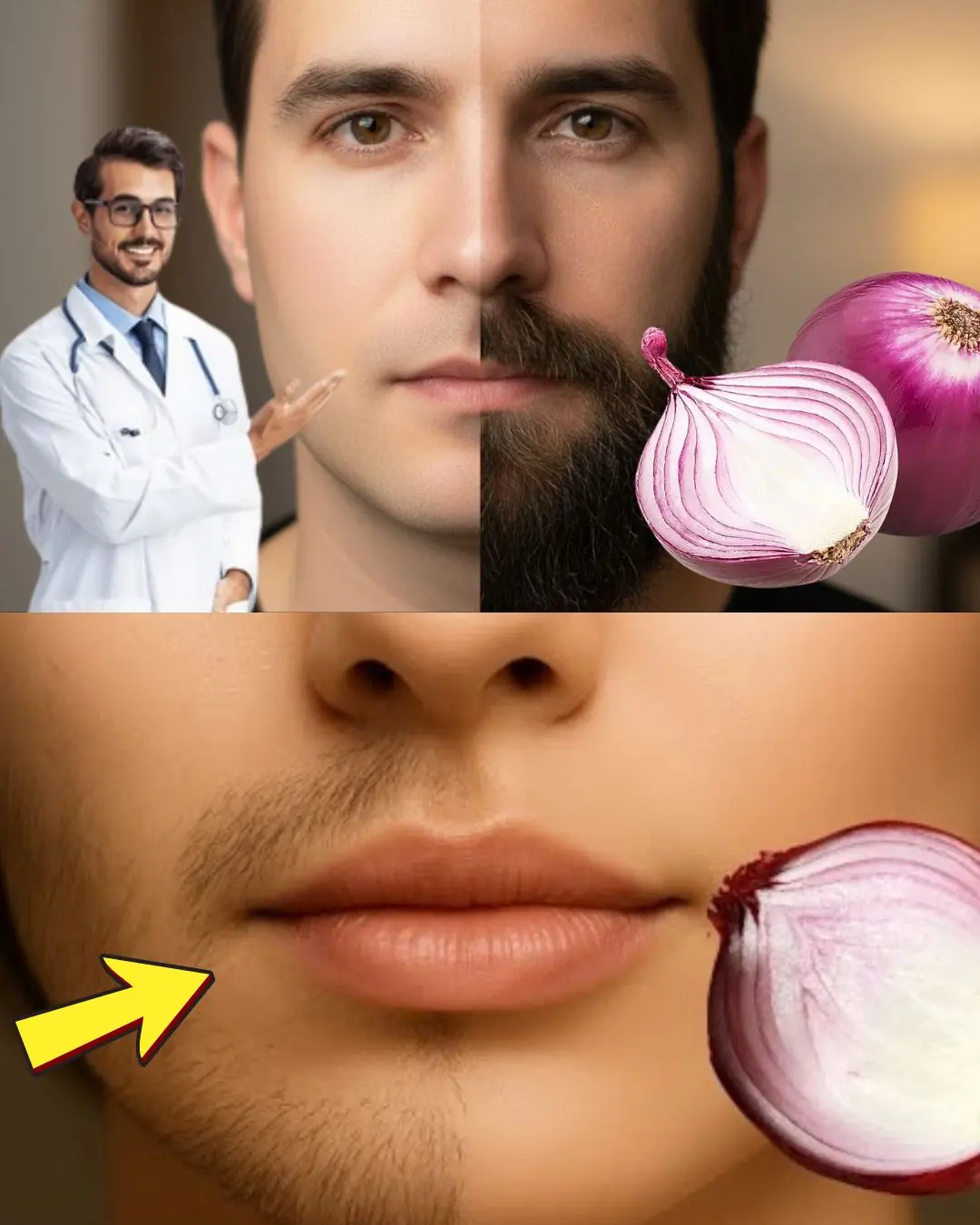
You’ll NEVER Shave the Same Again After Seeing This Onion Trick
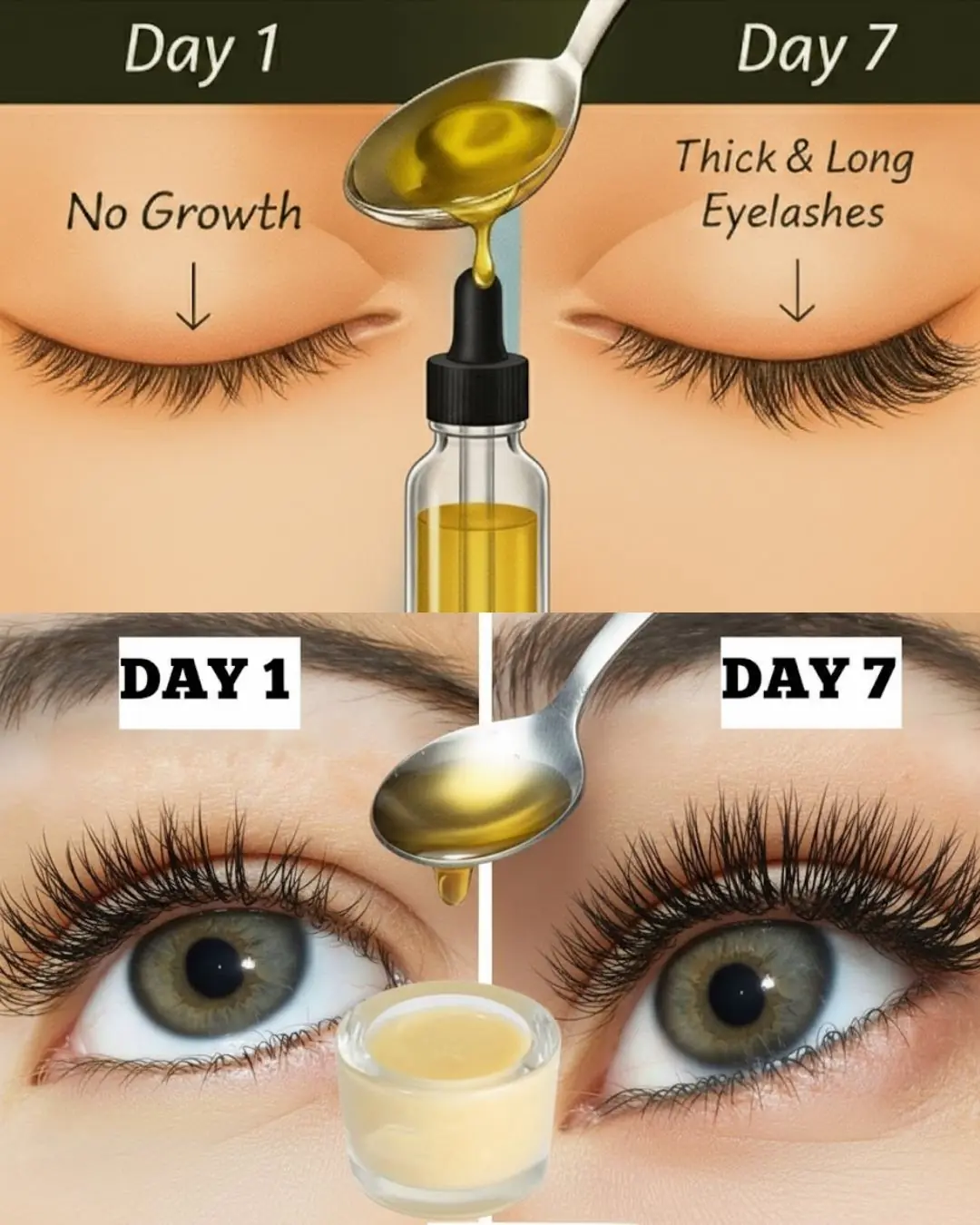
HOW I GREW MY EYELASHES IN JUST 7 DAYS — Naturally with Castor Oil

7 Essential Leaves to Naturally Improve Your Eye Health

Don’t Drink Coconut Water Before You Know These 11 Secrets!

White Clover (Trifolium repens): 15 Benefits and Homemade Uses

7 Benefits and Uses of Ageratum conyzoides

How often should you shower
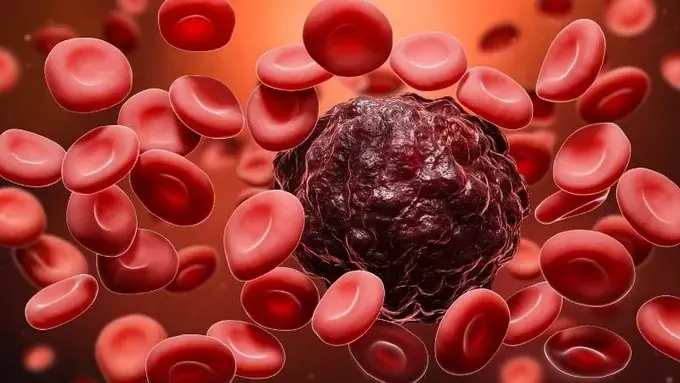
Expert, 95 Years Old with 60 Years of Cancer Research Reveals: You Must Avoid These 4 Things So Cancer Doesn’t Come Knocking

Sharp Pain in Ear: Causes, Treatments and When to See a Doctor

Each Tooth Is Associated With An Organ In The Body – Pain In Each Tooth Can Predict Problems In Certain Organs

Here’s the secret why everyone puts avocados on the fire!

Amazing vitamin can help stop cancer growth and this is how much you need

Euphorbia Hirta: 30 Benefits and How to Use It Safely

THE BEST HOME REMEDIES THAT END CONSTIPATION FAST AND NATURALLY

Lady places cup of vinegar into microwave. Here’s the genius reason why
